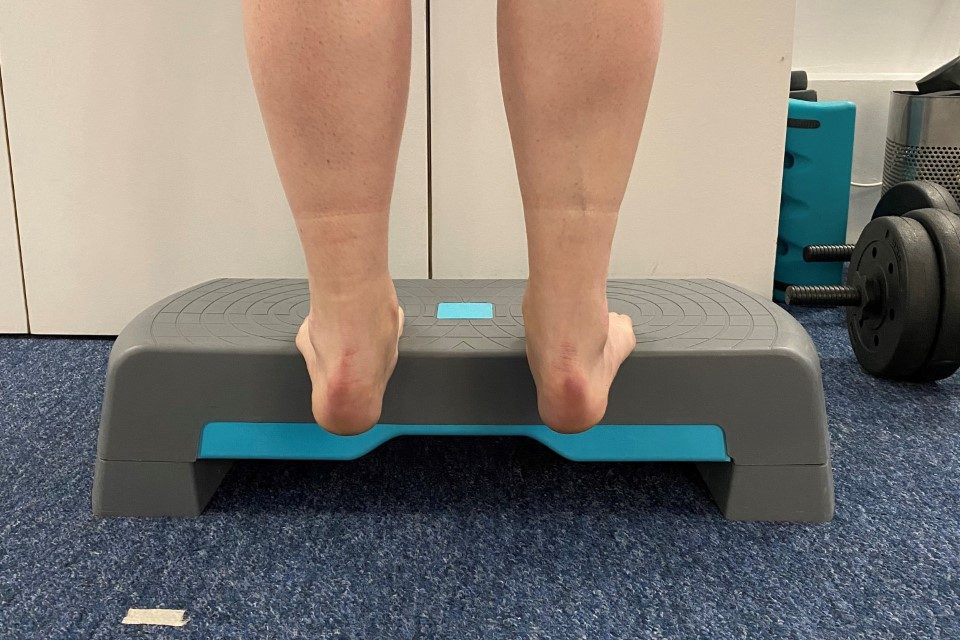Achilles tendon, what it is?
The Achilles tendon is the largest, thickest, and strongest tendon in the body. It connects your calf muscles to your heel bone and is used when you walk, run, climb stairs, jump, and stand on your tip toes. Although the Achilles tendon can withstand great stresses from running and jumping, it is also prone to tendinopathy, a condition associated with overuse and degeneration, susceptible to be treated by physiotherapy.
What should I know from an Achilles tendinopathy?
Achilles tendinopathy is a common overuse injury caused by repetitive energy storage and releases with excessive compression. This can lead to a sudden injury, or in the worst case, can cause a rupture of the Achilles tendon.
Achilles tendinopathy shows degeneration, absence of inflammation and a tendency to poor healing. That’s why is so important to get advice from your physiotherapist.
Risk factors
Intrinsic factors:
· Age: Achilles tendinopathy is most common from the age of 30 onwards.
· Gender: It is more common in men.
· Weight: If you have a higher than average body weight you are more at risk of developing Achilles tendinopathy.
· Diabetes: If you have diabetes you are at an increased risk of developing Achilles tendinopathy.
· Tight and/or weak calf muscles.
Extrinsic factors:
· New exercise
· Wearing inappropriate shoes
· Previous injuries
· Factors associated with training
· Some medicines. Prolonged steroid use
Symptoms
Morning pain and stiffness is a hallmark symptom because the Achilles tendon must tolerate a full range of movement including stretch immediately after getting up in the morning.
Tenderness over the Achilles tendon: Often the tendon is very tender to touch when gently squeezed. There may be a tender lump and/or audible clicking from the tendon when you move your ankle.
Variable pain: Some people can ‘exercise’ through the pain. This means that the pain settles during exercise but after resting it may then increase. Some people experience severe pain from their Achilles tendon which stops them from doing their sport
Imaging
We don’t always need to carry out X-rays or scans (imaging) to be able to diagnose Achilles tendinopathy; it can usually be confirmed by your doctor or physiotherapist by using examination alone. If imaging is necessary, we are likely to use an ultrasound scan. This is a quick, safe and effective way of us being able to see your tendon. Magnetic Resonance Imaging (MRI) may also be used, but this is quite rare.
Treatment & Dry needling
Exercise therapy, dry needling, injections, shockwave therapy, orthosis, medication and surgery are the main treatment options offered to patients with Achilles tendinopathy.
Controlled Tendon Loading: Complete immobilization should be avoided since it can cause atrophy. The key goal of tendinopathy treatment is to improve the energy storage capacity of the tendon. It is the ability for the tendon and associated muscle to work and manage load, essentially acting as a ‘spring’ in storing and then releasing energy.


“Visit us at Physio for All, so a professional can assess you and prepare an individualised program for you. “









